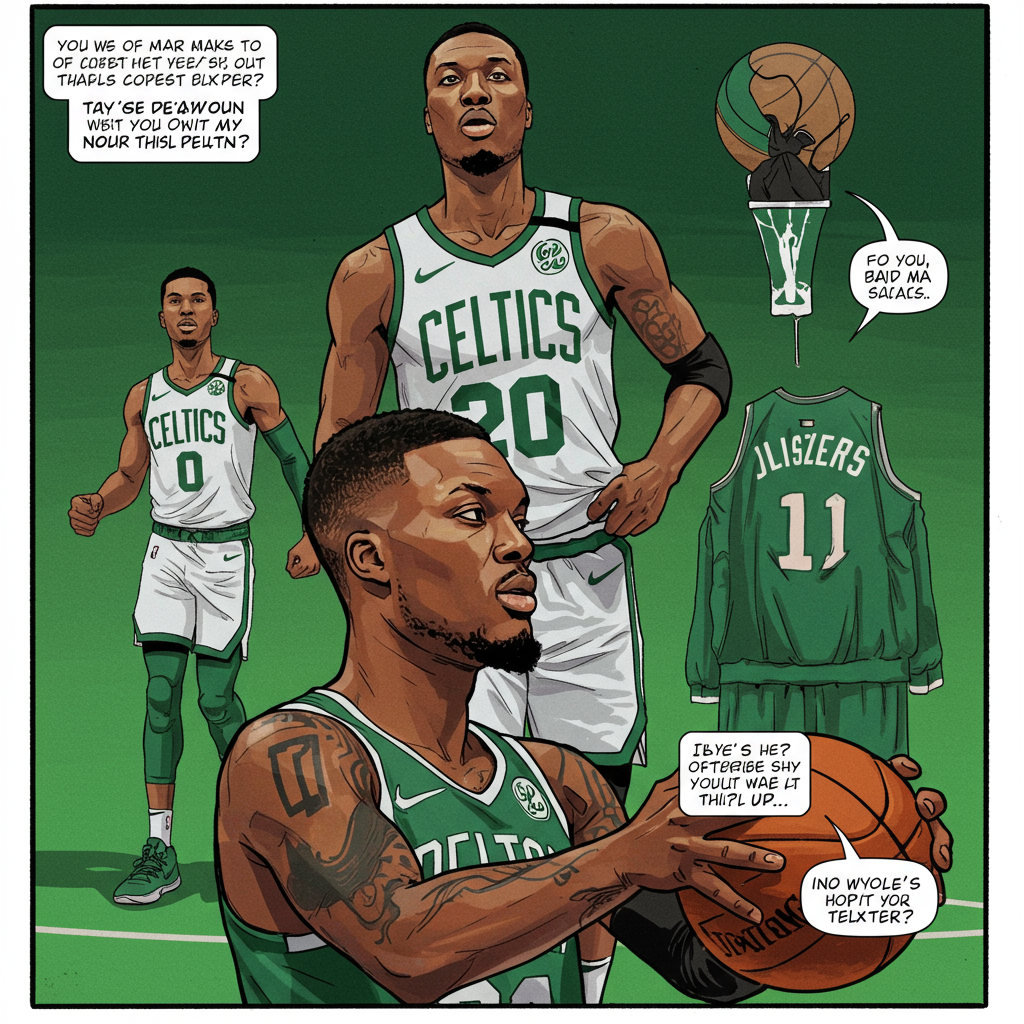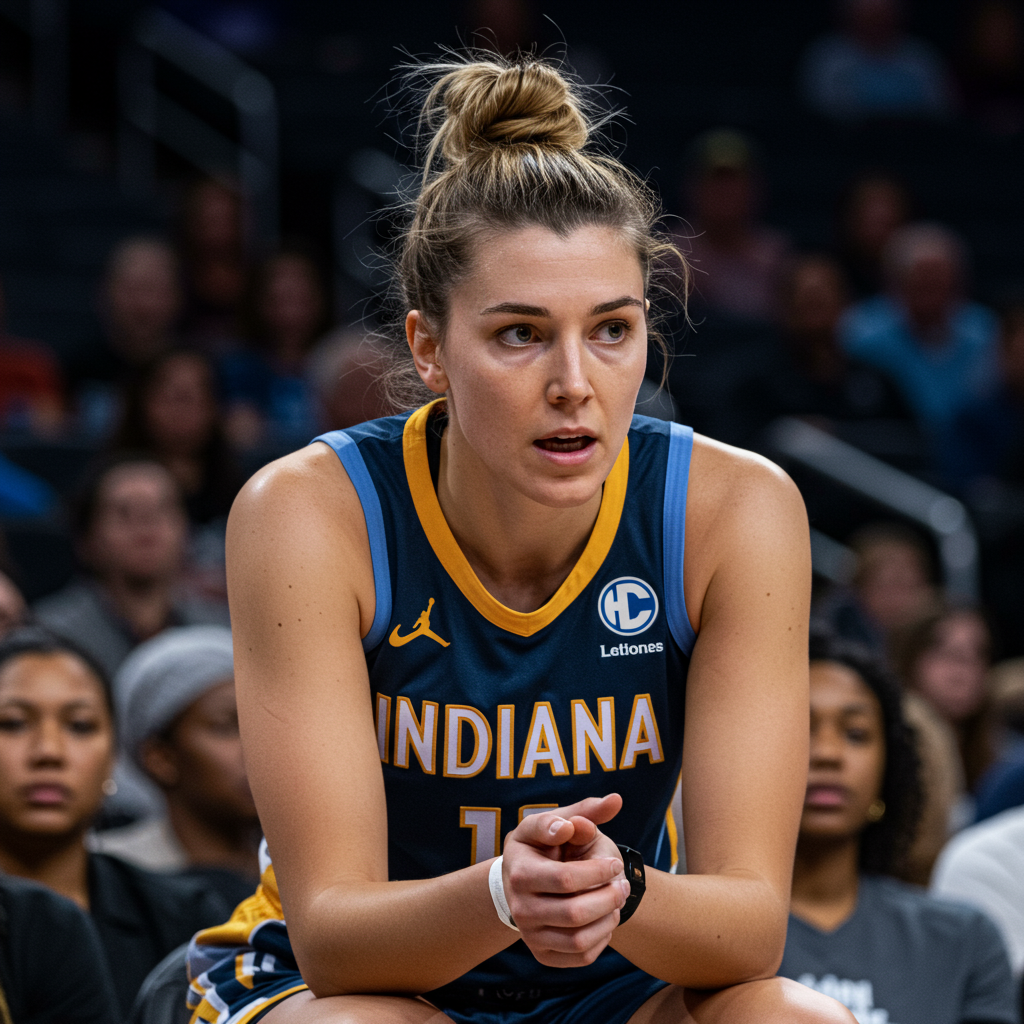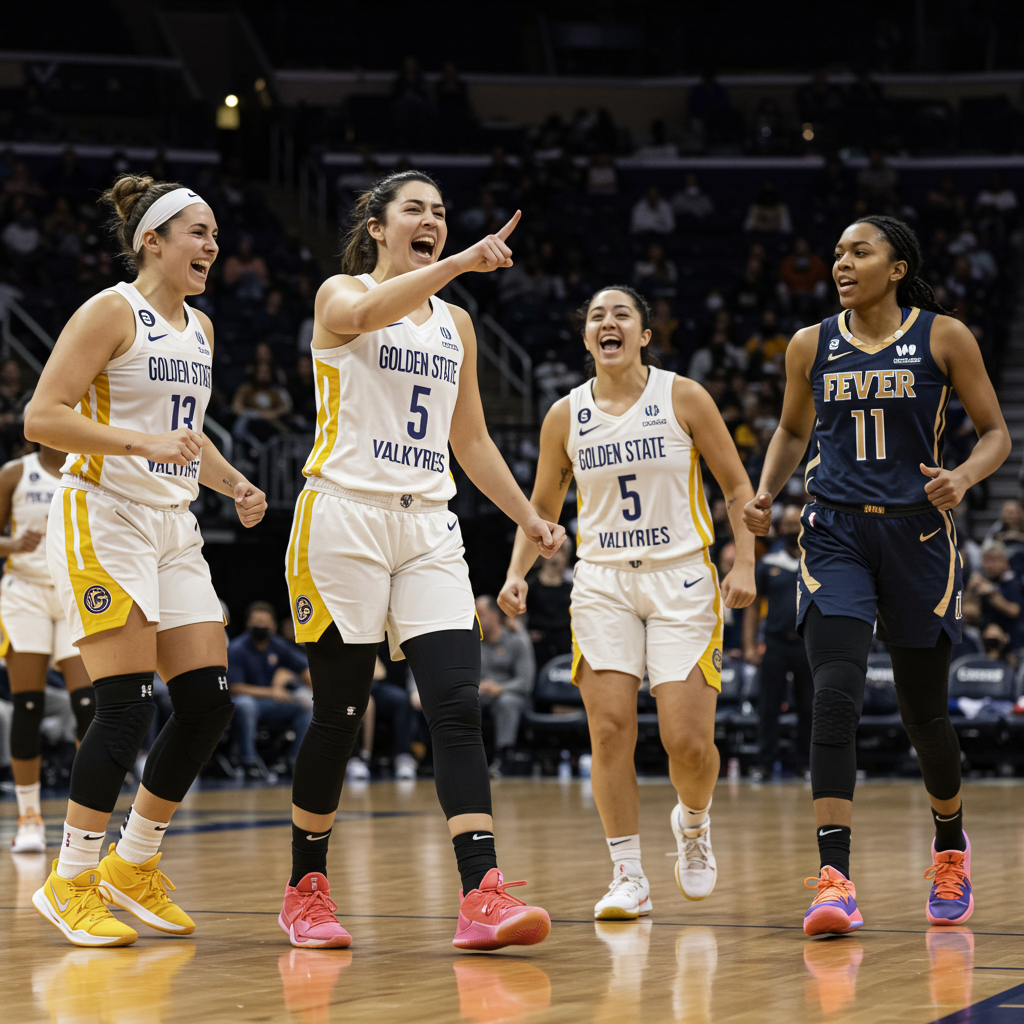The NBA offseason often brings unexpected twists, but few compare to the sudden availability of a future Hall of Famer like Damian lillard. When the Milwaukee Bucks waived Lillard, freeing him and his remaining $113 million contract obligation, it immediately sparked conversations across the league. For the Boston celtics, the possibility of adding Lillard to their roster isn’t just speculation; it represents a calculated, intriguing maneuver specifically targeting a championship window in the 2026-27 season.
Lillard’s pedigree is undeniable. A nine-time All-Star, seven-time All-NBA selection, and member of the NBA’s top-75 players, he stands fourth all-time in made three-pointers with 2,804. His resume speaks for itself. Now, due to a unique financial situation created by the Bucks’ waiver decision – where they remain responsible for the vast majority of his salary – Lillard is essentially available to sign with any team willing to offer him a fraction of his market value. This presents a golden opportunity for a team like Boston operating under salary cap restrictions.
The Financial Opportunity and Injury Timeline
The Celtics find themselves navigating the punitive landscape of the new NBA collective bargaining agreement. After their recent championship push, they face significant luxury tax implications that necessitate difficult roster decisions and player departures. This situation, described by some as “roster bloodletting,” makes adding high-priced talent challenging. However, Lillard’s availability through waivers fundamentally changes the equation.
Because the Bucks are primarily responsible for his salary, Lillard is reportedly open to signing a significantly below-market deal with a championship contender or even potentially returning to Portland. For a team like the Celtics, who are expected to operate in the first salary cap apron, the taxpayer midlevel exception becomes a viable path. This exception is projected to be around $5.6 million. Offering this amount for a player of Lillard’s caliber, even with caveats, is a financially savvy move that aligns with president Brad Stevens’ need to find value amidst cap constraints.
Adding another layer of strategic timing is Lillard’s current health status. He is recovering from a torn Achilles tendon, an injury remarkably similar to the one sustained by Celtics superstar Jayson Tatum. This unfortunate parallel creates a synchronized recovery timeline. While Lillard is expected to miss most, if not all, of the upcoming season, the anticipation is that he will be healthy and ready to play at a high level by the 2026-27 season. This is precisely when Tatum is also expected to return to full strength following his extensive rehabilitation.
Why Boston Makes Sense for Dame
Beyond the financial and health timing, Boston offers a compelling destination for Lillard, who has openly sought a championship. While his move to Milwaukee didn’t yield the desired result due to injuries and team dynamics, Boston presents perhaps his best chance to finally claim a title.
The Celtics already possess a strong core featuring Jayson Tatum, Jaylen Brown, Derrick White, and Payton Pritchard. Adding a healthy Damian Lillard to this group in 2026-27 creates a potentially elite starting five. Lillard’s game, characterized by movement, exceptional shooting, and high basketball IQ rather than relying purely on explosive athleticism, is well-suited to age gracefully. He would fill the long-standing need for a high-level, clutch point guard that the team has sought since moves like the Kemba Walker acquisition didn’t pan out.
Sources indicate Lillard is receptive to the idea of joining Boston now, a change from reported reluctance in previous years when trade rumors surfaced. A key factor in his current openness is his close friendship with Jayson Tatum, forged as teammates on the gold medal-winning 2020 Team USA at the Tokyo Olympics. This existing bond could smooth his integration into the locker room. The shared experience of rehabbing from a major Achilles injury could also strengthen their connection off the court.
Veteran Impact in a Transition Year
The upcoming season (often framed as a “transition” or “regression” year for the Celtics) will see the team navigating Tatum’s injury recovery and the financial resetting necessitated by the CBA. Brad Stevens is focusing on evaluating younger players and hard-working veterans to fill out the roster edges.
Even while recovering, Lillard could provide significant value. His mere presence around the team offers invaluable veteran leadership. He could serve as a mentor to younger guards, particularly Portland native Payton Pritchard, sharing insights from his decorated career. His decision to join the team during this period would signal to fans that the organization remains committed to building a championship contender, making a potentially less successful transitional season more understandable and hopeful.
Signing Lillard on the midlevel carries minimal risk for the Celtics. The financial commitment is low, especially compared to his previous salary. If the fit doesn’t work out or unforeseen circumstances arise, a future Hall of Famer on an expiring $5.6 million deal recovering from injury would likely still hold some trade value. This low-risk, high-reward scenario aligns perfectly with Stevens’ reputation for taking calculated chances to enhance the roster.
Leveraging the Prime Window
The strategic focus on 2026-27 is directly tied to maximizing the championship window around Jayson Tatum and Jaylen Brown. Brown turns 29 in October 2025, while Tatum will be nearing 29 upon his full return in 2026. Their physical primes represent a crucial period the organization must capitalize on.
By enduring a season of financial constraint and player evaluation, the Celtics aim to position themselves for another strong multi-year run starting in 2026. Adding a healthy, motivated Damian Lillard provides another proven scorer and playmaker who doesn’t need to shoulder the entire offensive burden, unlike his previous stops. This allows him to contribute effectively while leveraging the talents of Tatum, Brown, and White. It’s a proactive step to ensure the team returns to prominence quickly after navigating the current challenges.
Compared to other rumored destinations like Miami or Golden State, Boston offers a clearer path to contention. While the Heat have long coveted Lillard, their current roster depth outside of Bam Adebayo may not provide enough support for a championship. The Warriors, potentially featuring an aging core of Curry, Green, and possibly Jimmy Butler, might lack the patience or collective health to wait a year for Lillard’s return alongside them. The Celtics, with their established young stars entering their prime, offer a more stable and promising platform for Lillard’s championship aspirations.
Ultimately, the case for the Celtics pursuing Damian Lillard on a taxpayer midlevel deal is compelling. It’s a move driven by unique circumstances, synchronized timelines, financial prudence, and a clear organizational vision. It addresses a roster need, adds proven talent, and sends a powerful message about the team’s commitment to returning to championship contention in 2026-27.
Frequently Asked Questions
What is Damian Lillard’s injury and when could he potentially return to play?
Damian Lillard recently suffered a torn Achilles tendon, a significant injury requiring extensive rehabilitation. His recovery timeline is expected to be lengthy, similar to that of Celtics star Jayson Tatum, who also sustained an Achilles injury. The anticipation is that Lillard would miss most, if not all, of the upcoming season (2025-26) but would be healthy and ready to play at a high level by the start of the 2026-27 NBA season, aligning with Tatum’s projected return.
Why could the Celtics potentially sign Damian Lillard for a low salary?
Damian Lillard became available after being waived by the Milwaukee Bucks. This action means the Bucks remain responsible for the vast majority of the remaining $113 million on his contract. This unique financial situation makes Lillard amenable to accepting a significantly lower salary from a new team, particularly a championship contender. The Boston Celtics, operating under the new CBA’s salary cap restrictions, could potentially offer him their taxpayer midlevel exception, estimated at $5.6 million, a minimal financial commitment for a player of his stature.
How does adding Lillard fit the Celtics’ long-term plan under the new CBA?
The new NBA collective bargaining agreement imposes severe luxury tax penalties, forcing teams like the Celtics to make difficult roster decisions and shed salary. Signing Lillard on the taxpayer midlevel ($5.6M) is a strategic, low-cost move that provides significant talent without crippling the team’s finances further. It signals the team’s intent to quickly return to contention in 2026-27, leveraging the primes of Jayson Tatum and Jaylen Brown, after navigating a necessary “transition” season focused on financial resetting and young player evaluation under Brad Stevens.
Word Count Check: 1185 words



